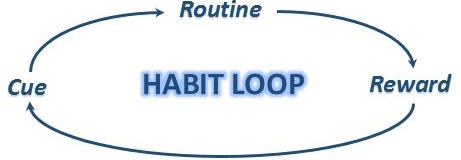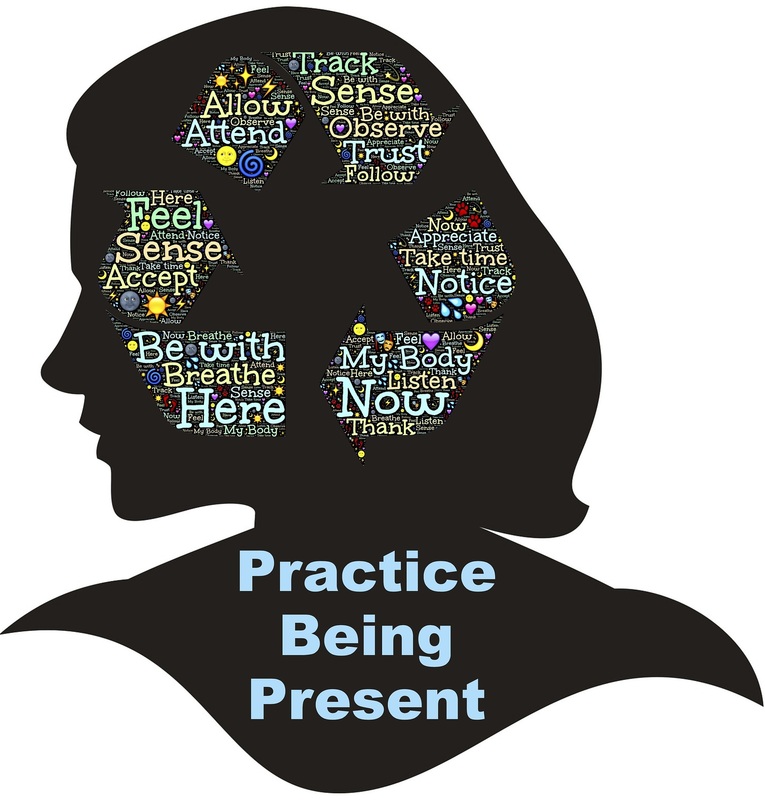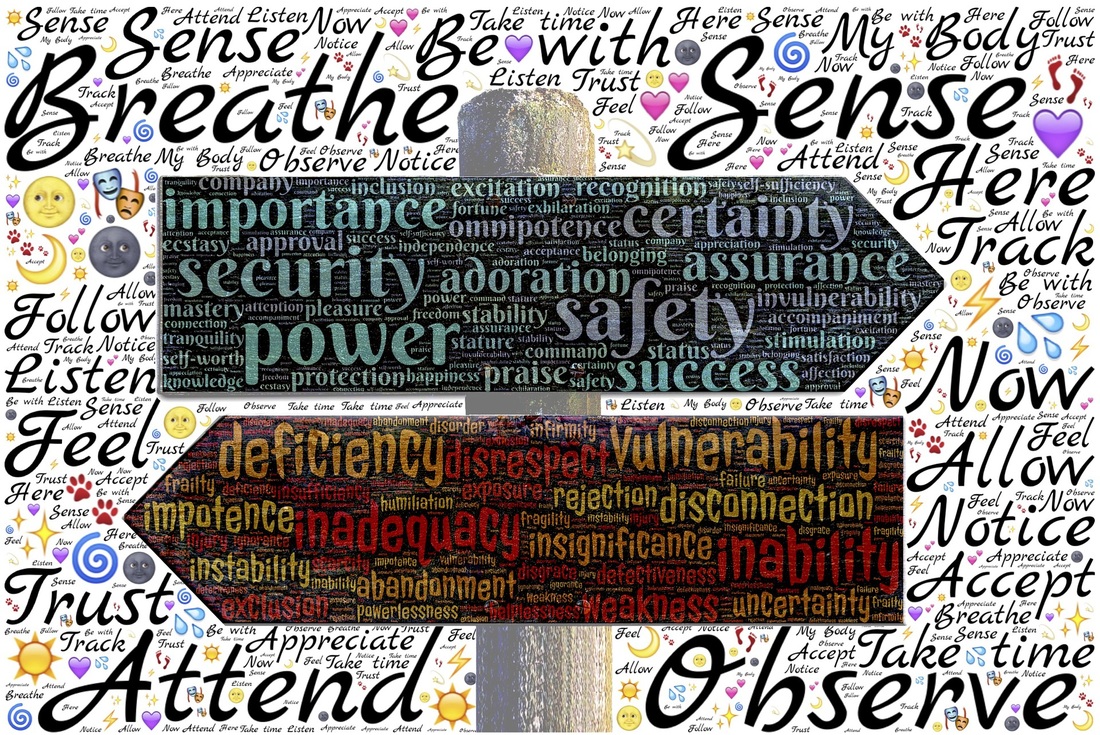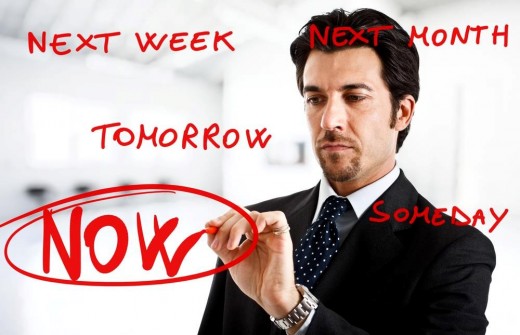AuthorNebo D. Lukovich Mindfulness simply means to consciously live in the present moment. You have to do any activity fully conscious of yourself and of the activity itself. Although many people don’t consider it as strictly spiritual, mindfulness indeed is a purely divine practice. It leads you to your True nature, while dissolving your inner conflicts softly and almost imperceptibly. Moreover, every conscious moment in the Now will gradually accumulate and make your whole life easier. It will abate or even prevent challenges. When mindfulness becomes your intrinsic way of living, you will enjoy every task, you will become light and, in a strange way, even transparent. You will start sensing some inexplicable joy and deep inner peace. You will feel love more and more, both to yourself and people around you. Mindfulness dissolves your inner conflicts softly and almost imperceptibly. Pure consciousness in everyday life will enable you to do any task perfectly. All your relationships will gradually improve in various subtle ways. You will be at perfect harmony with the world; your body will move lightly and flawlessly; your mind will function impeccably whenever needed, and all your actions will be done in the most effective way. Thus, if you drop a thing or stumble upon something unexpectedly, it is a clear message from your divine core: awaken, be present, feel your Heart! However, without regular meditation sittings, your mindfulness can easily lose its foundation. Therefore, it is highly recommended to practice them concurrently. You have countless varieties of meditation at your disposal. You can choose one of the modern types of “pure awareness” or “body awareness” meditations, for example like those presented by Eckhart Tolle. But, you can also stick to traditional approaches, like numerous Buddhist or Yoga meditations. You could also practice the loving-kindness meditation, which is, in my opinion, very important. Keep in mind, though, that some of these traditional methods require the practitioner to stick with all other practices within that particular system. It is essential to discipline yourself and have at least one, 15-minute meditation session every day. However, I would recommend to create an everyday habit of meditating twice a day, at least 15 minutes in the morning and the same duration in the evening. These sitting sessions should be scheduled to the same periods of the day, if possible. Meditation will release huge “amounts” of inner obstacles to any of your life goals, and will gradually erase all your negative tendencies, including laziness. What’s more important, the steady meditation practice will give you additional love, health, strength, calmness, creativity and smoothness in your life.
0 Comments
AuthorNebo D. Lukovich Procrastination is one of the most delusive and stubborn traits. However, there are undoubtedly, many ways to overcome it. Here are some of the most effective ways in general: 1. Meditate Any mindful meditation technique is ideal for curing procrastination quickly. If you prefer to stick with traditional approaches, there are many varieties of Buddhist or Yoga meditation that may be suitable for you. Keep in mind, though, that some of these methods require the practitioner to stick with all the other practices within that particular system. For this purpose, I would recommend a deeply profound mindful meditation, yet one of the simplest ones. First you relax, using one of the many relaxation techniques. Then you just ask yourself: “What will be my next thought?” Then, just wait for the next thought, being curious and alert. This will easily bring you into ‘Pure consciousness’, a state of Presence. Whenever a distraction comes into your mind and disturbs your Presence, you just accept it wholeheartedly and go back to your question which will return you to the Presence. After some practice, you will be able to enter the state of Pure consciousness without using any questions. The goal is simply to stay in this thoughtless state as long as possible. If you want to have stable and lasting results, it is essential to discipline yourself and have at least one, 15-minute meditation session every day. However, I would recommend creating an everyday habit of meditating twice a day, at least 15 minutes in the morning and the same duration in the evening. These sitting sessions should be scheduled to the same periods of the day, if possible. So, why is meditation so beneficial for curing procrastination? Meditation releases huge “amounts” of inner obstacles to any of your life goals, which will erase your procrastination tendency. What’s more important, the steady meditation practice will give you additional love, health, strength, calmness, creativity and smoothness in your life.  2. Practice mindfulness in everyday life Do not limit your practice to these fixed meditation sessions only; expand your consciousness into your everyday life. Be mindful. Be aware. You can be in the same state of Pure consciousness almost all the time during the day. Mindfulness dissolves your inner conflicts softly and almost imperceptibly. In the long run, meditation sittings and mindfulness are really the best cure for your procrastination. And whenever you are in that state of Presence, you will be at perfect harmony with the world; your body will move lightly and flawlessly; your mind will function impeccably whenever needed, and all your actions will be done in the most effective way. 3. Replace bad habits, create good ones If applicable, it’s a good idea to make a habit out of your desired action. While being in the state of Presence, during your mindful periods of the day, try to entice yourself to do your desired action. While doing that, employ the so-called “habit loop”[1]. Every habit has three components: a cue (trigger), routine and reward. A cue is anything that triggers the habitual routine. If the routine brings a concrete reward to the person, it will probably be repeated. In that case, it would continue to repeat and reaffirm itself due to some sort of reward at the end. The reward is usually an inner state of contentment or relief that comes through the routine itself, but can also be an external pleasant event or thing. The trick to changing bad habits is just is to change the routine, and to leave the same cue and reward. But in this case, you have to designate a trigger and a cue that would be appropriate for your action to become a habit. While being in the state of Presence, trigger yourself with the designated cue and do what you have to do. Finally, treat yourself with the same reward. Repeat this procedure as many times as possible, until your desired action becomes an easy and involuntary act to you. [1]Duhigg, Charles. The Power of Habit: Why We Do What We Do, and How to Change. Random House, Kindle Edition, 2012 4. Change your limiting beliefs Beliefs are our little truths about everything. They give a shape to our life. They are usually supported by underlying emotions, so they become very strong mental habits. Beliefs are often manifested as recurring thoughts (normally together with emotions) on a particular subject. Make a list of your negative beliefs. If you are not sure whether you have a particular belief or not, just say it aloud to yourself and try to feel it. If you have an emotional feedback, either pleasant or unpleasant, you definitely have that belief! After creating your own list of negative beliefs, modify it by adding an opposite, positive belief next to each negative one in order to make pairs of opposite beliefs. Once you have done that, you apply the technique called “Dissolving the Temporary I Plus” (DTI+)[1] on each pair of beliefs from the list. Perhaps you will have to pass through it several times, but negative beliefs will be replaced with fitting positive ones in the end of the process. One of the most important beliefs is certainly about procrastination. For example, you have a belief “I always procrastinate.” You replace it with: “I easily do what should be done immediately.” [1] For more information, check out: Dissolving the Temporary I Plus 5. Have enough rest Never underestimate the importance of good rest. As common person needs in average 8 hours of sleep, plus relaxation and meditation time every day, it boils down to 9-10 hours of some sort of resting day time. If you don’t have enough resting time, your work on anything will be less effective and spoiled with sleepiness. Not only that – your hidden and suppressed subconscious structures will surface more easily. That’s not bad per se, but those elements of your personality will usually be surfacing unexpectedly, when you need them the least. 6. Get motivation from books, talks or movies
This will fuel up your energy. Without this, when you get to the low point, when you get stuck with a challenge that seems unsolvable, you will give up. 7. Get support from closest friends Talk with your friends about this problem. Ask them to support you whenever you get stuck in the mud of procrastination. They should react quickly and decisively every time they notice your delay or reluctance. 8. Do Samyama Samyama is an ancient contemplative practice stemming from Hindu tradition. Being a combination of meditation and concentration, Samyama first brings a practitioner to the state of pure consciousness, then, to an inner union with the object of concentration. It can also be very successfully used for the purpose of attaining goals. The Samyama procedure suitable for the goal achievement and overcoming procrastination is essentially the following: Enter the state of Presence, using some of previously mentioned techniques. While dwelling in that pure consciousness, gently bring into your focus a simple idea which symbolizes your goal, your desire. Don’t lose yourself into that thought, you need to keep the awareness of Presence all the while you are focusing on the idea related to your goal. After several seconds of focusing on that idea, turn back to the pure consciousness. Repeat this as many times as possible. That’s it; you’re done! The whole idea of this practice is: whatever mind content (thought, emotion and sensation) is being consciously experienced while residing in Presence, the best aspect of that content will be seeded in one's life. If the content is harmful, it will diminish. If the content is beneficial, it will temporarily disappear in pure consciousness, but that pure consciousness will sow its seed in one’s life in the most beneficial and effective way. 9. Deal with distracting thoughts immediately Each time you intend to take the concrete action, and you are distracted by a negative thought or emotion or even an outside event, you immediately have to erase or transform that thought, emotion or event within your mind. To do that, you might use one the techniques of Reintegration or other psychological procedures. If you are consistent in this, you will surely and pretty quickly erase and overcome all inner obstacles to your concrete action and, ultimately, to your goal. You will also easily overcome your procrastination. 10. Do regular journaling Compared to all other tips for overcoming procrastination, this is something that is not of the highest priority. Nevertheless, it would be very wise to create a habit of journaling. That simply means to write down everything that comes to your mind, preferably once a day. While doing that, you have to be relaxed and totally honest to yourself. This practice will gradually peel off many layers of negative thoughts, emotions and other inner obstacles. You have to be persistent in this work. However, keep in mind that if you force yourself too much in any of these practices, the results will not be as expected. Don’t push too hard – you should be overcoming your inner barriers and harmonizing your parts of personality softly, in the most natural yet efficient way. Good luck with your new life! :-) AuthorNebo D. Lukovich  There could be various causes of self-sabotage. For example:
How to determine the cause of your self-sabotaging behavior and remove it?
The basics steps of the Determination Technique are:
These are the three basic ways in which you can remove most of your self-sabotaging behaviors and traits. However, some of them will be so deeply ingrained in your subconscious that you will need much more comprehensive approach, dealing with many of the above-mentioned types of inner obstacles. For those cases, again, you can refer to the Reintegration System, but there are also numerous great psychological or spiritual techniques that can be found on the Internet or within the professional literature. One more tip: regular sitting meditation and mindfulness will surely help you, not only with the self-sabotaging issue, but also with all other aspects of your life. Good luck with your inner work! AuthorGeomaria George Guilt is but a self-indicted punishment that oftentimes, does not end. Are you haunted by the ghost of your past? Re-integration therapy advocates that guilt is, but a shadow from your past that gnaws at your present to create a painstaking future! Four DIY Ways to Forgive yourself of the Guilt
· Visualizing a Re-do of your Regrets The first lesson to forgiving yourself is by realizing exactly what you have done sans any bias. After you’re done imagining the depth of your crime, imagine how could you practically avoid the crime of hurting someone else. Your goal is to invent a new climax to the incident to avoid hurting the other and feeling guilty after. The essence is to prepare your mind for an anti-guilt climax the next time things turn topsy-turvy like in the past. If you have trouble visualizing the incident that led you to guilt, write the incident as a story, with you as the narrator. · Respect the Balance of Positive and Negative in Life Life is a careful balance of good and evil. As every incident is a stepping-stone to experiencing a newer light to life, you must realize that the incident was necessary to discover yourself through guilt and subsequent, forgiveness. Simply put, the crime had to happen for the better good. So, stop comparing your worth of good, and begin to challenge yourself to do the good that you think you cannot! Think of all the ways the incident has influenced or changed your perspective. Analyze ways on how you did your best at the time by identifying the influences that led to your guilty actions. · Get a grip on your moralities We feel guilt when our actions don’t pursue our moralities. The biggest danger of guilt is how it makes us feel as though we deserve all the punishments, forever. This tends to create a vibe where we attract punishments. You must first analyze what your prior moralities were before the incident and how they have changed up until now. What are your new moralities? Are they positive? Your next step is to discipline your guilty feelings to align with your positive feelings of the new moralities. · Key To Moving On In the due course of time, there comes a moment where each of us sees the searing light of our erratum. The power of acceptance takes shape in you only when you confess and clarify your actions to none, but yourself. Dangers of denial are worse than guilt and you must conduct responsibility-taking exercises to prevent the guilt from hurting you anymore. One such way to forgive yourself is using the Best Friend Test, where you imagine that it was your best friend who committed the blunders rather than you. Your duty is to think of ways to counsel your best friend (yourself) to emotional healing and freedom. En route, you will find forgiveness! Before you go … How do you know if your efforts were a success or that you’ve successfully forgiven yourself? The golden rule to remember is that when the burden of guilt vanishes, you will be greeted with drastic transformations in relationships, around you as well as inside you! |
Please note that most of the articles have a "Read More" break, which is sometimes hardly visible.
It is located at the bottom of visible part of the article, on the right side. To continue reading the article, click on that link. This page may contain affiliate links meaning we earn a commission if you use those links.
We only recommend pages we appreciate and trust. Archives
March 2023
Categories
All

|
For guest posts or placing ads on our website, please use the contact form on the 'About/Contact Us' page.








 RSS Feed
RSS Feed

